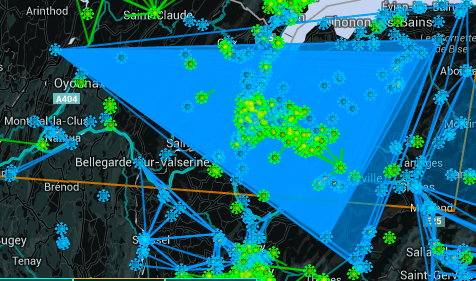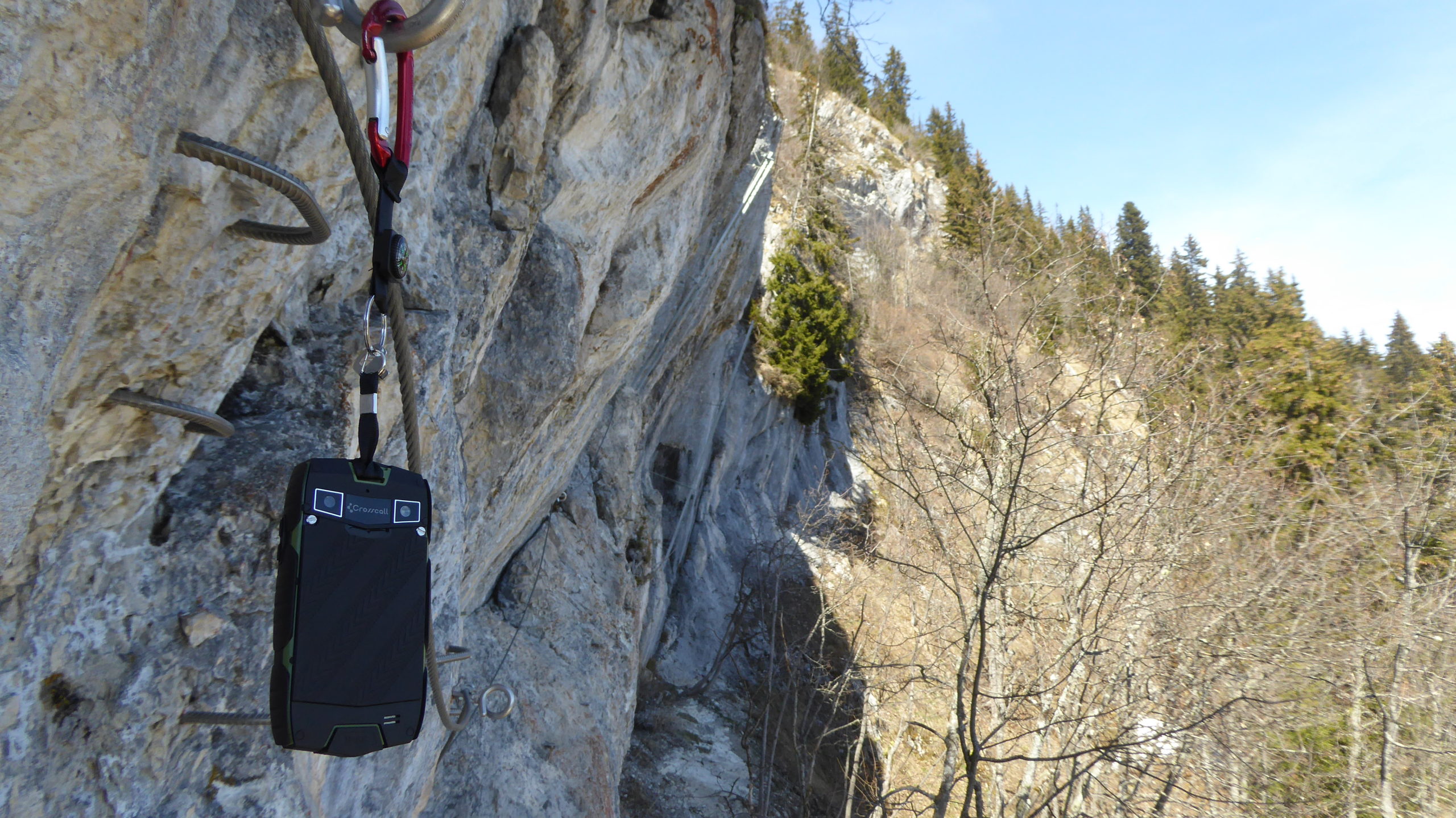
The apple watch will put no one out to pasture. Have you seen how many people from my generation can’t even read books on a kindle? What will put the web out to pasture is the tabloid/gossip magazine style of writing. Too many mainstream media hubs and blogging platforms write for the clueless and emotional portion of the web rather than the informed.
There was a time when I would read up to ten thousand tweets a day and spend 20hrs a day in social media. Today that passion has collapsed because conversationalists have left.
There was a time when I would spend several hours a week listening to the TWIT network to gain a better understanding of tech news and current affairs. I stopped listening when they stopped editing out the small talk. What value does small talk have to an international audience?
The Apple Watch marks the next, probably last, step in the downfall of the web. Or more precisely, the downfall of the web as commonly understood: that HTML medium which has spent the last two decades dominating the way we buy, share, search, learn and collaborate.
As long as you create your user account, enter your credit card details, personal address and other data the statement is true. I can easily see myself booking a flight or hotel via the mobile phone and using a smartwatch to check in to a flight or hotel. Operations where a “yes” or “no” answer is enough will benefit from smart watch devices. For most operations web interfaces and mobile phones are key.
“What began the toppling of the web? The mobile app. And the reason is pretty simple: apps deliver a much better user experience.”
The discussion is not about evolution and alternatives rather than elimination. The World Wide Web interface on desktops and laptops is practical. Actions which would take several minutes on a mobile phone take seconds on a laptop or desktop. The focus should be on “What tasks can be simplified through the use of a mobile phone or smart watch?”. Bus tickets, train tickets and cinema tickets would benefit from smartwatch access. When you’re shopping using your phone to scan the bar codes would be good. Once you finish shopping press “Complete” or “pay” and the financial transaction happens automatically. This isn’t replacing the web interface. It’s streamlining other processes.
For companies and indie developers alike, the way forward means forgetting the previous decades’ assumptions around screen real estate, keyboards, even reliable network connections. The mobile paradigm means APIs, orchestrated into apps that are optimized for the devices they run on. That’s the bold new realm ahead.
I disagree. Rather than take a reductive approach I would take a complementary approach. Look at dual factor authentication for example. We often use a password and a temporary passphrase to log in to a number of services today. Look at the booking of flights. We use a computer to book the flight and the mobile phone for the QR code which we scan when boarding. I don’t picture myself booking a flight with the watch but I do see myself confirming the check in.
I don’t see myself getting an iWatch because I already have a smart watch on my wrist. I wear a suunto Ambit 3 and use it to keep track of my walks, of my training in the gym and theoretically could use it to see updates once Suunto have the Android app version ready.
For now the use case for the Suunto Ambit 3, Suunto Ambit 2, Mares Icon HD Garmin 210 and other devices is that I go out in to the real world and do some sports activity. While I am doing that activity I have access to a certain amount of data. When I complete the task I stop recording data and I sync it to the computer at home. That data is then uploaded to a number of fitness tracking softwares, computer applications and more. I then analyse that data and look at the map of where I have been.
In scuba diving this data is useful as it allows me to improve my diving technique. For walking and other activities the data is mainly for fun.
App developers, UX designers and companies need to think of the dynamic individual and how a smart watch can automate the gathering of certain pieces of data. In practical terms I believe smart watches should simplify the user’s life. They should definitely not replace the laptop or the smartphone.
Why The Apple Watch Will put The Web to Pasture once in for all


